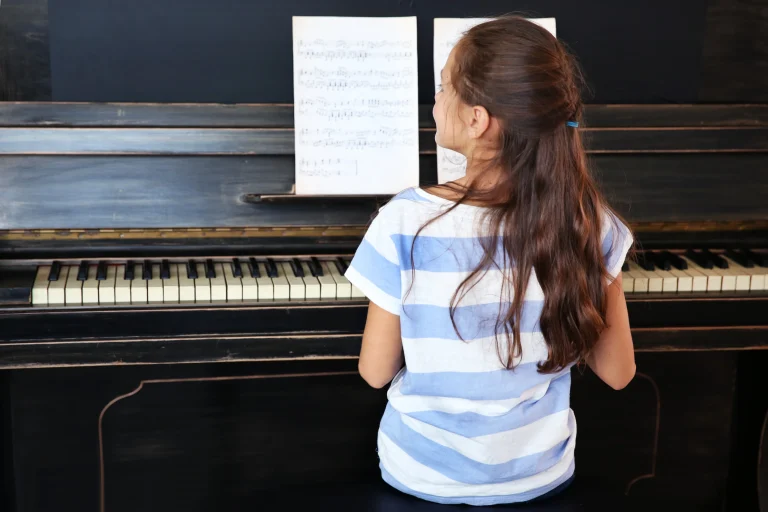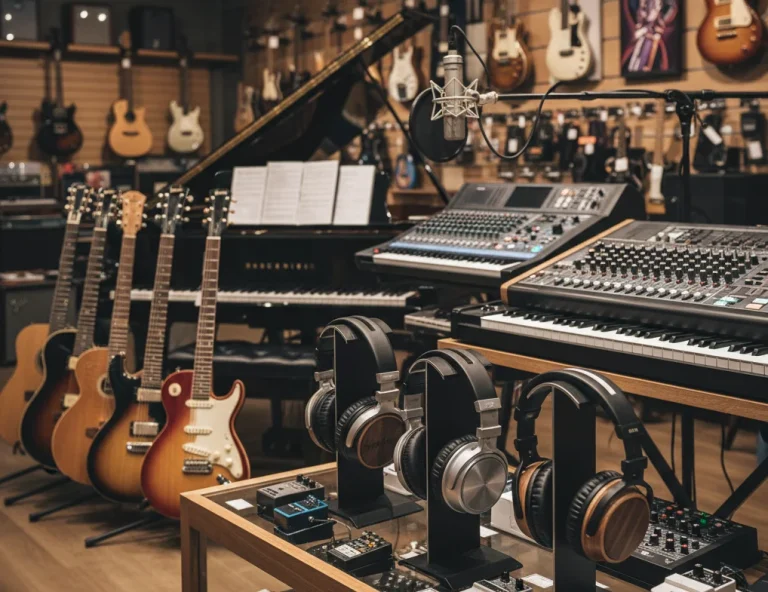All Topics
- Alchemizing Music Concepts for Students
- Artist Spotlight
- artium gift card
- Artium Maestros
- Artium News
- buying guide
- Carnatic Music
- Devotional Music
- Editorials by Ananth Vaidyanathan
- Film Music
- Guitar
- Hindustani Classical Music
- Indian Classical Music
- Indian Folk Music
- Insights
- Instruments
- Karaoke Singing
- Keyboard
- Kids Music
- maestros
- Music Education
- Music for Kids
- Music Industry
- Music Instruments
- Music Legends
- Music Theory
- Music Therapy
- Piano
- piano guide
- Success Stories
- Tamil Film Music
- Telugu Film Music
- Time Theory
- Tools
- Uncategorized
- Vocal Singing
- Vocals
- western classical music
- western music
- Western vocal music
How to Play Scales and Arpeggios?
How to Play Scales and Arpeggios?

Table of Contents
Learning to play the piano, just like any other musical instrument, feels a lot like learning to speak a language. Just like in a language, you start with the basic letters, words, and phrases—before you can go on to form complex sentences or tell a longer story. For music, that’s where scales and arpeggios for piano come in.
In simple terms, learning the scales is literally like learning the ABCs of music. They’re a set of notes you play in order, either going up or down, and they teach your fingers to move smoothly and evenly across the keys.
Arpeggios, on the other hand, are like breaking a word into its syllables. They’re just chords broken into individual notes, and they teach you how to glide gracefully from one part of the keyboard to another. Instead of playing all the notes of a chord at once, you play them one at a time, creating that beautiful, flowing sound that makes piano music so captivating.
Practising scales and arpeggios might seem like a simple exercise, but they’re the secret to playing more confidently and fluidly. Whether you’re taking online piano lessons or figuring out how to learn piano online, scales and arpeggios are your best friends on the journey to becoming a confident and expressive pianist.
By mastering these basics, every piece of piano music will feel easier and more enjoyable to play. Now, let’s dive into the essential scales and arpeggios every pianist should practice and how you can make them a part of your daily routine!
But before that…
If you’re really excited to start your journey in music, start with a free trial lesson today!
Essential scales and arpeggios
By now, it must be clear to you that scales and arpeggios are fundamental to learn piano playing and serve as the building blocks of technique, finger independence, and musical understanding. Below, we’ll dive into the details of the different types of scales and arpeggios that should be part of your regular piano scales practice and piano arpeggios practice.
- Major Scales:
Major scales are the most basic and important type of scales to learn. They are based on a pattern of whole steps (W) and half steps (H): W-W-H-W-W-W-H. This structure creates the bright and happy sound commonly associated with major scales such as:
- C Major: This scale is ideal for beginners because it uses only the white keys (C-D-E-F-G-A-B-C).
- G Major: This scale introduces one sharp (F#), making it a natural progression from C Major.
- D Major: Includes two sharps (F# and C#) and is a great next step after G Major.
For advanced major scales, gradually work your way up to keys with more sharps and flats, such as B Major (5 sharps) or Ab Major (4 flats). These scales will challenge your coordination and improve your familiarity with black keys.
- Minor Scales
Minor scales have a different tonal quality—darker, sadder, or more dramatic than major scales. They are equally important to learn because they appear frequently in music. There are three main types of minor scales:
- Natural Minor: This scale follows a fixed pattern of intervals: W-H-W-W-H-W-W. For example, A Minor (A-B-C-D-E-F-G-A) has no sharps or flats and is the relative minor of C Major.
- Harmonic Minor: Adds drama by raising the 7th note of the natural minor scale by a half step. To give you an example, a harmonic minor (A-B-C-D-E-F-G#-A) introduces G, creating a distinct “Middle Eastern” or “classical” feel.
- Melodic Minor: This scale raises both the 6th and 7th notes of the natural minor scale when ascending but returns to the natural minor pattern when descending.
- Arpeggios
Arpeggios are the notes of a chord played one at a time in sequence rather than all together. They are a vital part of piano arpeggio practice because they mimic many musical passages and teach smooth hand movement across the keys. Here are some main arpeggios to practice.
- Major Arpeggios: Built from the notes of a major chord. Example: C Major Arpeggio: C-E-G-C (ascending and descending).
- Minor Arpeggios: Built from the notes of a minor chord. Example: A Minor Arpeggio: A-C-E-A.
- Advanced Arpeggios: Practice inversions, starting from the 1st or 2nd note of the chord instead of the root. Example: For C Major, the root position is C-E-G but the first inversion is E-G-C and the second inversion becomes G-C-E
Scales and Arpeggios Techniques
- Hand Position: Keep your hands relaxed with slightly curved fingers. This helps you play smoothly.
- Finger Movements: Follow standard fingerings for each scale. For example: C Major (Right Hand): 1-2-3-1-2-3-4-5. C Major (Left Hand): 5-4-3-2-1-3-2-1
- Thumb Tucking: Learn to tuck your thumb under your fingers when moving up or down the keyboard.
- Wrist Relaxation: Keep your wrist flexible to avoid strain and ensure fluid movement.
If you’re using our online piano classes or any other self-study methods, focus on these techniques for steady improvement.
Tips on Articulations and Rhythms
- Smooth and Detached Playing:
- Practice legato, which is a collection of smooth and connected notes, to make your scales flow.
- Switch to staccato, which is an articulation of short and detached notes, if you want a different challenge.
- Experiment with Rhythms:
- You can also experiment and play your scales using different patterns, like long-short or short-long rhythms, to keep your articulation engaging.
- Dynamics:
- Play softly (piano), loudly (forte), or gradually increase and decrease volume for more expression.
These variations make your piano scale practice more engaging and help develop your musicality. Now, before wrapping up this discussion, let us quickly dive into how to practice piano scales and arpeggios.
Practice Routines
- Daily Practice: Dedicate at least 10-15 minutes every day to scales and arpeggios, as a consistent routine is key for continued progress.
- Start Slow: Begin at a comfortable speed and increase gradually. Using a metronome can also be of great help for beginners and experts alike.
- One Hand at a Time: Practice each hand separately before playing with both hands together.
- Contrary Motion: Try playing scales with both hands moving in opposite directions.
- Extended Octaves: You must also practice across two or more octaves to improve control and reach.
For beginners in online piano lessons, practising scales and arpeggios slowly and steadily is the best way to progress. You can also read our blog “The Complete Guide to Learning Piano for all skill Levels,” to enhance your piano playing skills.
Our online piano classes provide in-depth, structured lessons on this topic so that you can forge a strong musical foundation.
Conclusion
Mastering scales and arpeggios is a lifelong journey for pianists and may feel repetitive at first, but the rewards are immense. By consistently practicing, you can not only build technical skills but also a deeper understanding of music theory and harmony.
Whether you’re aiming to tackle a challenging concerto or refine your improvisation, our online piano courses can help you lay a solid foundation in scales and arpeggios. Our online piano courses have been designed by legendary pianist Louiz Banks and can easily help you pave the way for your musical success. So dedicate yourself to daily practice with our Artium Academy to start experimenting with articulations and rhythms and enjoy the process of becoming a more versatile pianist.






